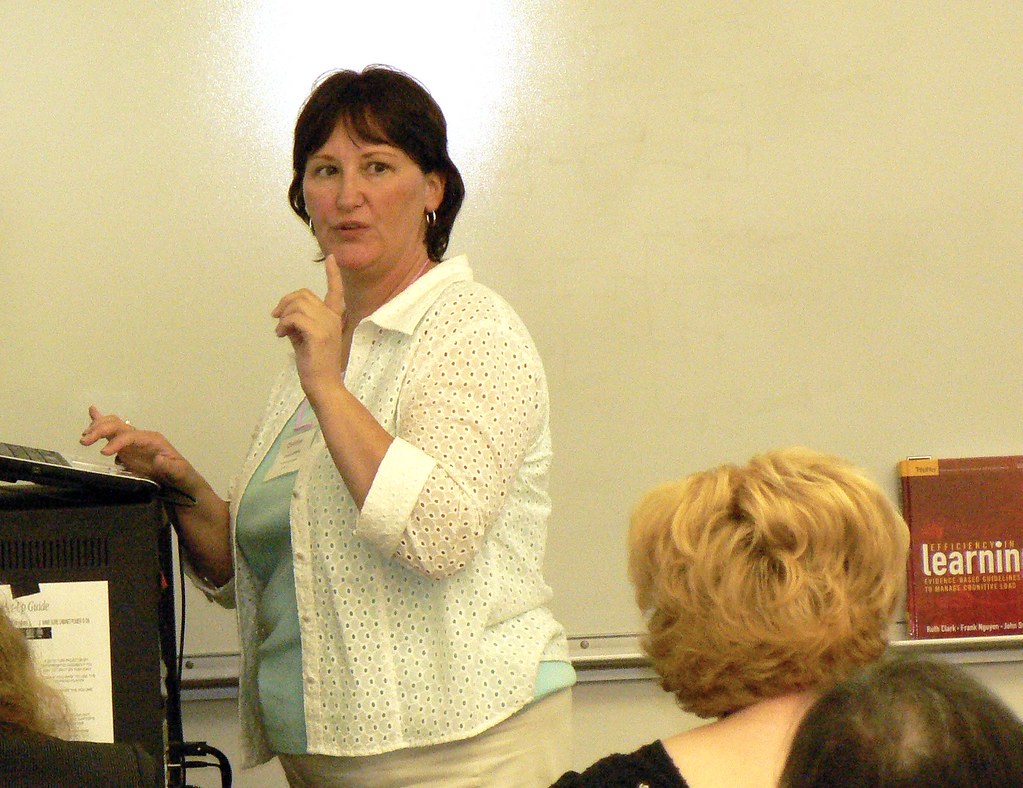
Shortest Job First Scheduling In C Programming
The result was useful expertise that supported and prolonged the content that lecturers were required to teach. Beyond Television to Interactivity While interest in instructional tv slowed and academic tv pushed forward, pleasure about pc-based mostly studying was gathering momen- tum. Computer-based learning provided the promise of individualized instruction by presenting unique instruction based upon every learner’s distinctive wants.
Managing And Analyzing Information In Excel (Workplace 365

In the 1950s, researchers at IBM accomplished much of the early work in pc-assisted instruction; IBM designed the primary such program used in public colleges . Large and costly, these mainframe com- puters had been seldom inexpensive, and infrequently seen, in colleges. In the Sixties, a collaborative effort between the National Science Foundation, the University of Illinois, and Control Data Corporation produced PLATO .
the start of Cable within the Classroom, which made instructional television obtainable and accessible to lecturers. The delivered packages spanned content material areas, enabling teachers to combine the tv-delivered content material into their curriculum with objective.
PLATO, initially restricted to mainframe computers, continues for use at present in many uni- versities and faculty methods around the nation. PLATO’s goal was to automate particular person instruction and, over the seven-year developmental stage, to exam- ine the utility and feasibility of the pc-primarily based teaching system. The Personal Computer One of the most vital jumps ahead in educa- tional know-how has to be the event of the microcomputer (at present’s private laptop) within the early 1970s. Less pricey and smaller than mainframe computer systems, private computers could still carry out a lot of the educational operations of their primary- frame siblings . Computers Meet Resistance in Classroom Use The relationship between the personal laptop and the K–12 classroom continued to develop all through the Seventies and Eighties. Early barriers to know-how-primarily based studying within the classroom focused on entry. The edu- cational system lacked the necessary funds to provide computer systems for every classroom.
